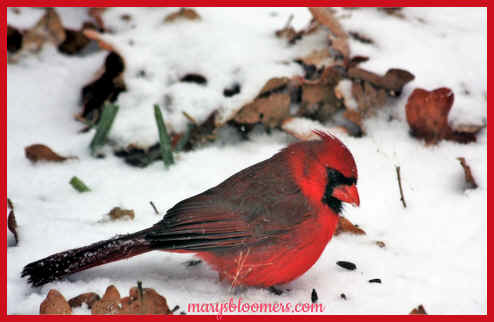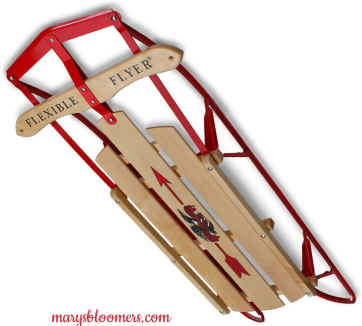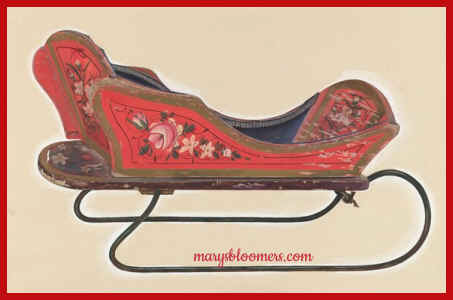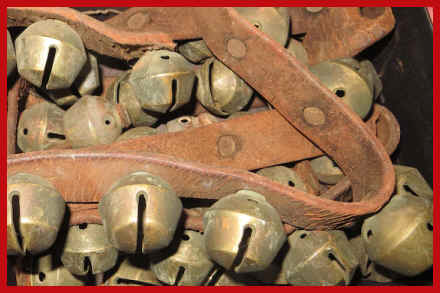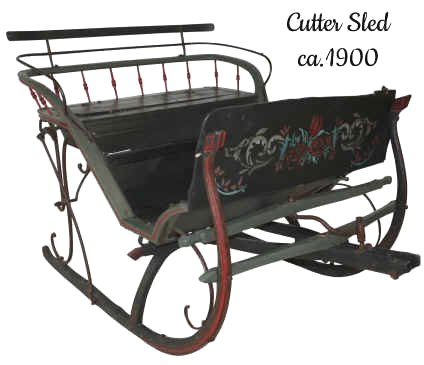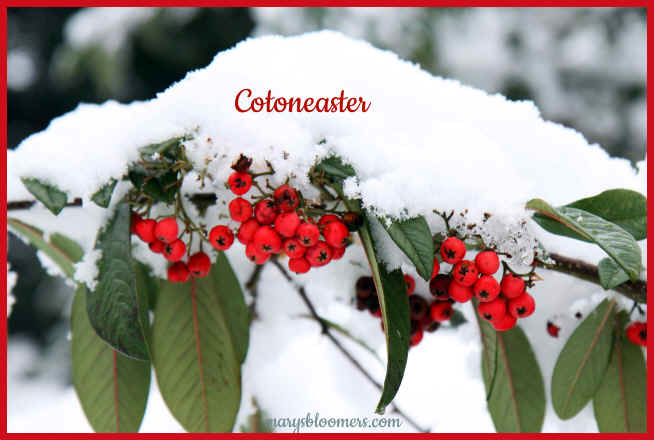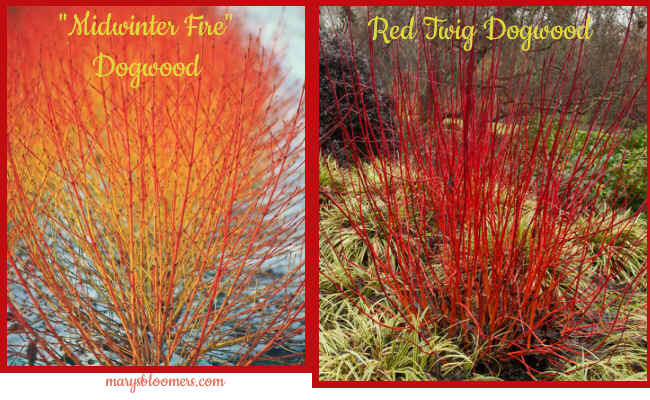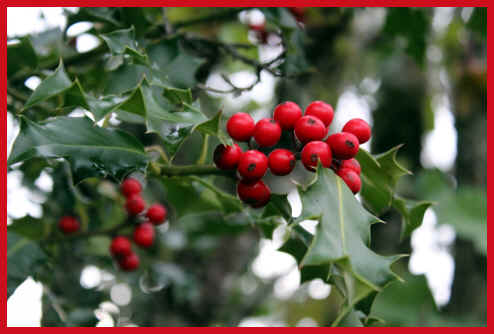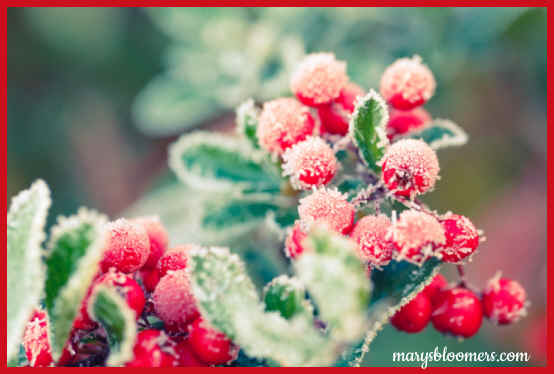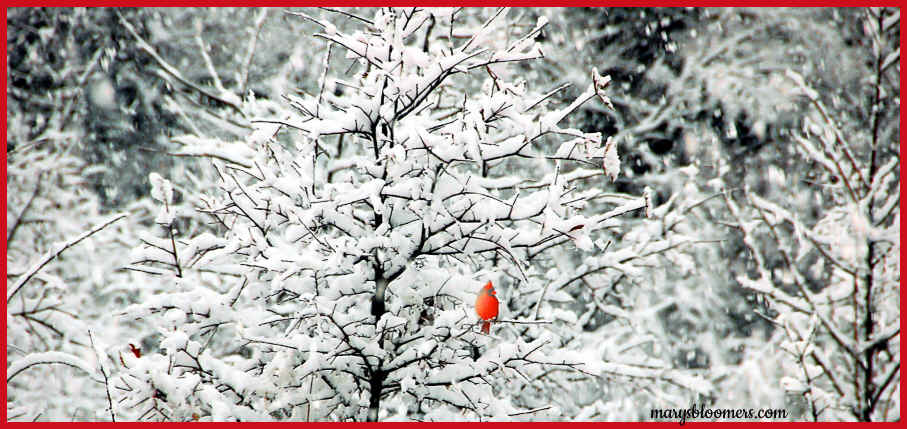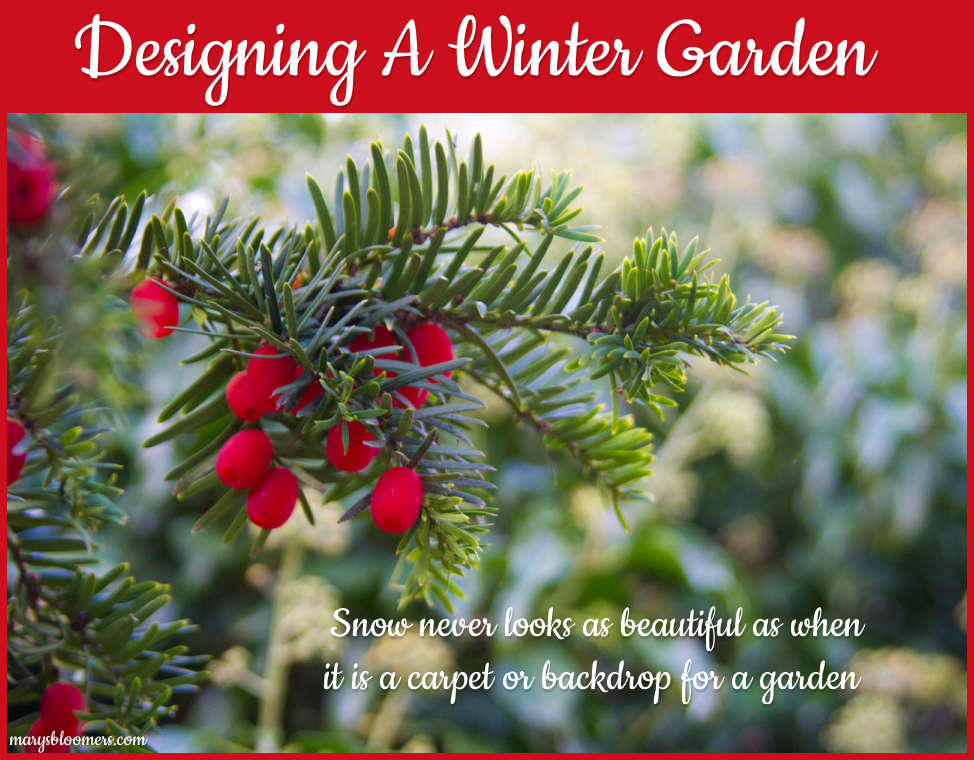 |
During the winter months, your custom of gardening outdoors is replaced by gardening indoors, or browsing spring catalogs for new garden plants, seeds and ideas. We usually forget all about the garden, and assume that it's doomed to be cold, grey, lifeless and unfriendly. Designing a winter garden with evergreens (appropriate in your region) and plants with berries and interesting twigs and shapes, makes it something you'd love to look at in the winter months, and a safe habitat for little creatures to find food and shelter easily. A Winter Garden that looks like a wonderland is no more complicated to
design or maintain than any other garden theme. In fact, it turns out to be
easier to maintain from afar, because evergreens and perennials will do their
own thing without your help all season or before. Any trimming, fertilizing,
watering and planting is done before everything goes dormant or does it's winter
thing. There won't be weeding chores. Choosing weatherproof items as decor will
assure that your garden will look beautiful and will be easy-care while you
relax indoors and roast those chestnuts on the open fire. Placing it where you
can see it from indoors is best because you can see what the winter wildlife
loves about it. Pruning in winter, if needed by your landscape, would be easy if
the garden is close to your home. You don't want to trudge along carrying things
when it's freezing out. Or place a large, locking weatherproof storage bin for
your tools nearby. Put the things you use in the garden for maintenance most
often, like pruners, gloves, ties, frost covers, or what-have-you, in that bin.
Keep a bag of bird seed in it. No searching for or carrying heavy things across
the yard. Walk out and do your thing.
There is no reason why you can't create a Winter Wonderland Garden and Winter Habitat For Birds in any size space. Native songbirds forage for food all winter, and you can help them by placing feeders in your Winter Garden where you can see them, and place them near enough to your house so that refilling them isn't a chore or guesswork. None of us likes to trudge out in the snow to fill and clean feeders. Plant a bird friendly Winter Garden theme containing plants with berries for food and evergreen branches for shelter. Begin the Winter Garden design well before winter to settle the plants in and give them time to produce berries. Here are some ideas of plantings and ornamental additions you can begin to add to a corner or garden patch for winter. Most of your plants will die back, you can plant evergreens and shrubs that can take their place during the winter months. Plant in Pots. You can move your winter garden easily in early spring, to make room for the perennial plants that live there for the other 3 seasons. Evergreen low-growing ground covers can be planted in-ground between and around your perennials and remain there all year. Decor - You're not going to sit outdoors and enjoy the garden, but you will enjoy looking at interesting objects and visiting wildlife. Haunt the antique shops and flea markets in summer and collect some beautiful pieces to display in your Winter Garden. Think "Flexible Flyer"....Or find antique reproductions of vintage pieces. Hang or place the pieces throughout the garden. Place potted evergreen or berry plants on or in some of them. Antique sleigh bells can be hung as you would windchimes. I have a heavy brass set of bells on rope that i hang for the Christmas season.
If you feed and care for birds, or have a bird habitat garden, don't stop doing it in winter. That's when birds need you the most. Put water out for a while and don't let it freeze - or it's container will break. There are some very pretty birdbaths that you can float an ice melter in and keep a fresh supply of water. The birds have a difficult time finding clean and accessible water in winter. Birds that do not migrate, need food and water in winter and may be depending upon you to provide what you provide in the warmer months. Bugs are hidden, in short supply or dead, so a bird feeder is going to provide food for travelers and lodgers when birds require more energy just to keep warm. Don't fill buckets with water for the birds - they are too deep and you will have to deal with accidental drownings, because the smaller birds can't climb or fly out when they're soaking wet or in very cold water. If you're going to use containers, use shallow bowls and bring them in before the water freezes, or place a few rocks or small branches in them for birds to grab onto if they slip in. If the sides of the bowl are painted or glazed, they can't grip it to climb up out of very cold water without grabbing onto or standing on something. Hang suet baskets or suet and birdseed wreaths from dead tree and shrub branches. Birds don't mind pecking at frozen suet with their sharp beaks. So feel free to provide them in hanging suet baskets. In winter, you don't have to worry about bugs and heat melting the suet. If you live in an area that other wildlife may become pests, skip the suet unless they can't reach them. Hang the baskets from hooks on branches, or on bird feeder poles. You can oil the poles or use baffles to keep other varmints like squirrels and such from the food. Save that Christmas tree - if you get an annual fresh little evergreen tree for the holidays, don't put it at the curb right after Christmas or chop it into little pieces - place it in the garden for the wildlife to enjoy and shelter within it's branches.. I have found that birds love to live and sleep in fallen trees, so it makes sense that they'll love one placed perfectly in a garden filled with berries and food. The branches will also serve as perches. My birds are perched all the time on fallen brush to dry themselves off, sunbathe, or to wait their turn at the feeders. If you decorate for the holidays using evergreen wreaths and are discarding them - hang them in the garden, and tie branches with berries or suet balls, and hang them on the inside of your fence or from tree branches. Mine have stayed green and fresh-looking throughout the cold winter months. |
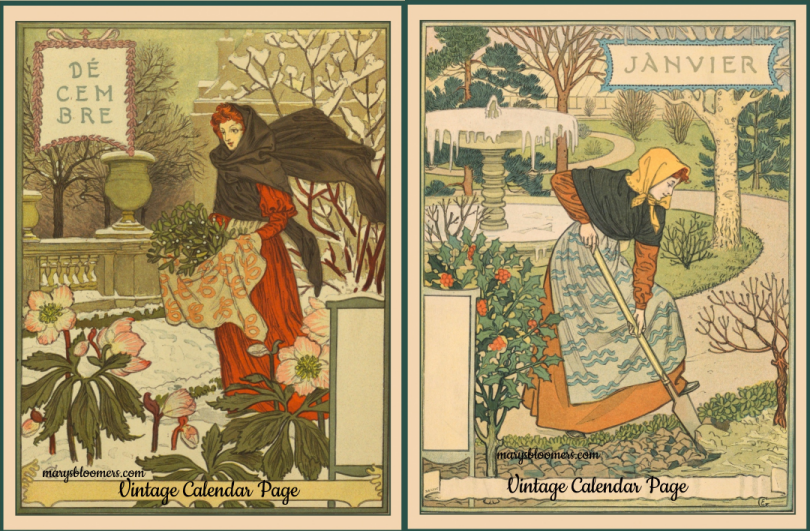 |
|
Berries - Always ornamental, and a healthy, high energy food source for birds and small creatures. There are several plants that bear beautiful, and sometimes edible berries on colorful and seemingly bare branches. Think of all the Christmas card scenes that feature birds, snow, berries and branches. You can be enjoying that scene for real in a winter garden. You may not be able to sit in it, but you can still design it so that the scene is what you want to see from indoors. I did this outside my dining room bow windows. I had the perfect spot to enjoy my coffee and relax, while the birds visited the feeder. We had lots of snow. Spotting a bright red Cardinal or pudgy little Chickadee just outside my window, among all that white, is breathtaking. You can even have some berry-producing plants that the birds aren't fond of eating - to be sure you still have ornamental berries decorating your garden. Fairy lights - Little bulbs bring lots of
joy. Add solar path lights and poke some into potted shrubs and plants to highlight your favorite berry shrubs and the snow. Some Landscape Ideas - Plants For A Winter Show Choose plants that are green in summer and bloom or have high interest features in winter. Use low-growing, low maintenance evergreen groundcovers and ornamental grasses. You can grow most of these in pots, and if you need to rotate seasons in your garden, and potted shrubs are happy to help.
Cold Hardy Camellias Low-Growing Cotoneaster Red Osier Dogwood Firethorn (Pyracantha) Winterberry (Deciduous Holly)
Unlike the evergreen holly. Winterberry sheds its leaves each autumn.
Hollies need a pollinator plant. Some cultivars to look for are 'Sparkleberry'
or 'Winter Red'. Suggested male pollinators are 'Apollo' or 'Southern
Gentleman'. Beautiful and moveable in pots. Euphorbia (up to 18 inches tall) The purple-black
leaves that deepen in color in autumn make "Blackbird" a great
low-growing choice. Inkberry is another Holly to consider. It is among the toughest hollies for winter conditions. Inkberry is named for its abundance of black berries during the winter. The evergreen shrub is compact with deep green foliage, which might become lighter green in summer. Compact varieties to consider are 'Shamrock' (3– 5 feet) or 'Compact' (4–6 feet). 4–8 feet tall, depending upon the variety. Zones 4-10 Japanese False Cypress Dwarf Arborvitae Juniper - "Lime Glow" low-growing Himalayan Birch - Known for it's beautiful peeling bark. There are several varieties, and due to it's ultimate height, should be a focal point of the winter garden. "Sichuan Red" is hardy in Zones 5-9. In a small space garden, grow this in a pot and keep it pruned the way you like it. Witch Hazel - Large ornamental shrub does well in-ground or in pots to save space, and can be pruned to whatever size you like. Also known as "Winterbloom. Golden yellow flowers in late fall may bloom in winter in some zones. Low-maintenance and adaptable, with a height of about 8-20 feet. A lovely focal point whether in the ground or in pots. Delicate, threadlike petals bloom from late fall to early spring on a multistemmed rounded plant. Its petals curl up at night but unfurl on a sunny day, and it is very fragrant. Flowers range from yellow to red, depending on the variety. Varieties to consider are ‘Advent’, bright yellow blooms; ‘Ruby Glow’ for copper-red; and ‘Jelena’ for red toward base, orange in the middle, and yellow at the tip. m Size: 8–20 feet tall; up to 12 feet wide - Zones: 3–9 Winter Berry Plants and Trees That Birds Love Black oil sunflower seeds are the best source of winter sustenance for the majority of birds that visit bird feeders. Avoid mixes that contain a high percentage of millet or oats. Below are suggested landscape plants that will sustain the birds over the winter, and add to the Christmas Card Effect, as seen from your windows.
You don't need a bog.....The American cranberry bush (Viburnum
trilobum) Crabapple Pagoda Dogwood Nannyberry Highbush Blueberry Bunchberry Arrowwood (Viburnum) American Elderberry Beautyberry Chokeberries Winterberry This is just a shortlist - check out your county extension service for suggestions of winter plants that are perennial in your area.
Additional Photo and info sources: |
|
Quick Links |
Content, graphics,
photos and design ©2020 marysbloomers.com™
All rights reserved.
